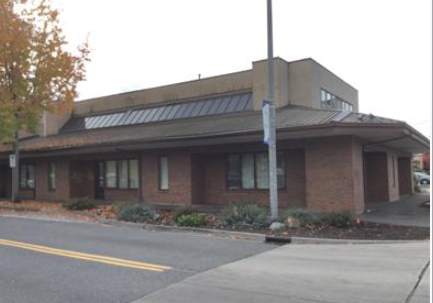Recent multi-family data show a precipitous decline in new construction of apartments in Seattle. For the first time in recent history, only 8,261 apartments are on track to be completed in calendar 2020. That is below the 10,000 unit threshold that has been the benchmark for years. Last year the number was actually 11,500. In 2021 the prognosis is even grimmer.
Seattle Commercial Real Estate LLC believes that the barometer to measure where the world of multi-family is easy to assess.
First, look at the current multi-family vacancy rates, next look at the concessions and/or inducements offered in the market. The next big market indicator is the number and size of approved projects that have survived the arduous torture of obtaining a permit in the City of Seattle, which are now being marketed for somebody else to buy and develop. The published studies show a loss of $22.6M in rents by apartment landlords in the first few months of the Covid pandemic.
Having made a generic statement, we need to look more carefully, and to do so in the context of what is happening and where. The Capital Hill/core downtown/First Hill areas are heading into fall with boarded up storefronts and office workers still at home and schools closed. When you get out of the bullseye of the civil unrest areas of the city, the picture starts to look a tad better. West Seattle is an exception in that there is a huge problem with bridge access and the realities can approach as much as 30% vacancies until access is improved. By the same token, surrounding areas, Rainier Valley, U District (remote learning and not campus life is a huge factor here), and Northgate are doing relatively better. This is a function of age, unit size, and quite simply, a lesser rent.
Seattle Commercial Real Estate has a great deal of faith in the Seattle Commercial market, but in the short term it is rapidly descending into what the professionals of Seattle Commercial Real Estate term, an Opportunity Market. When someone has a problem, then by definition, it is another person’s opportunity. This follows the first rule of banking, which is you only loan money to those who don’t need it. Real equity is the way to ride through this wave. We are, in Seattle Commercial’s opinion, clearly not at the bottom.




